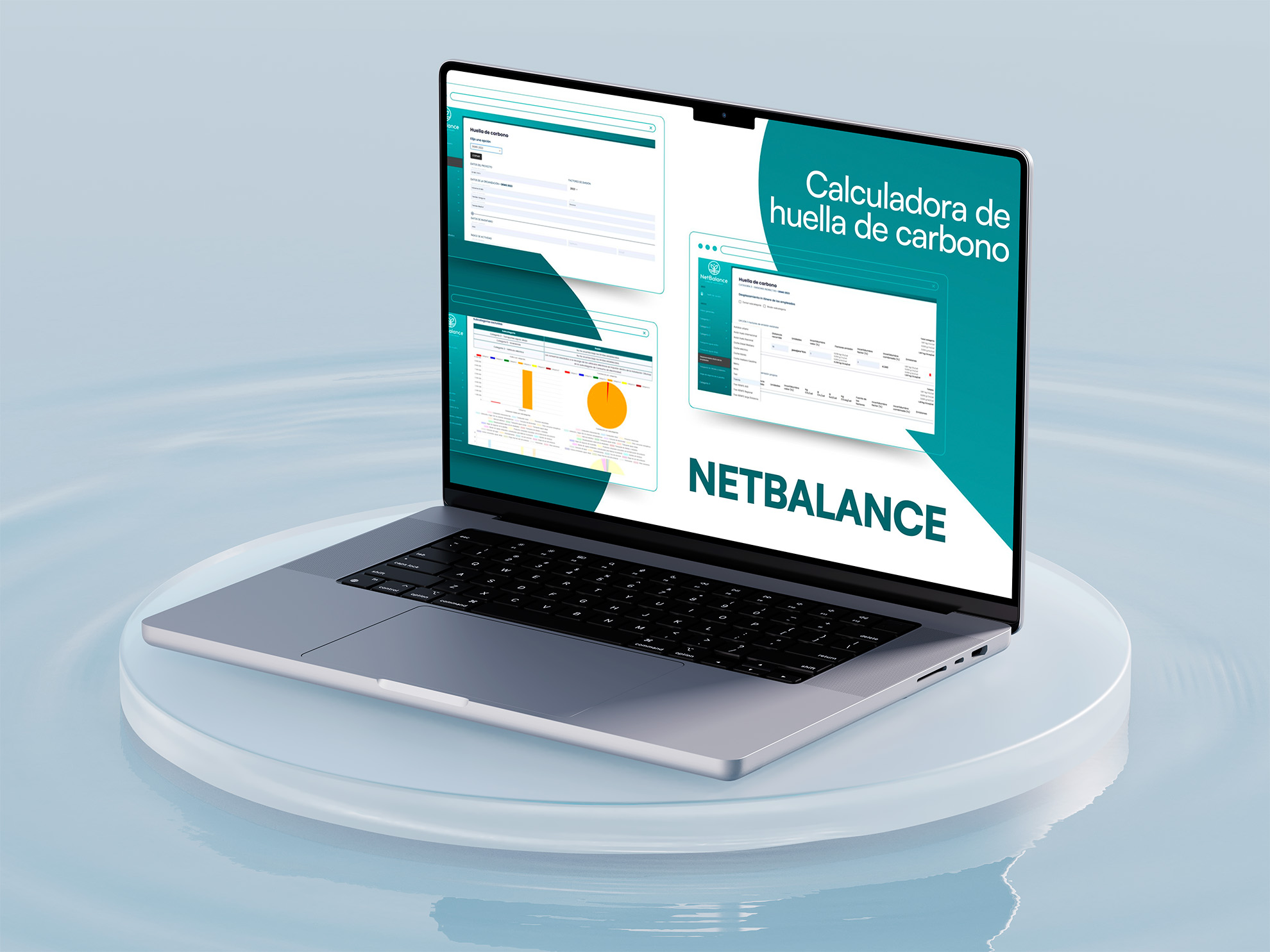New Royal Decree on Carbon Footprint Calculation: Is Your Company Obliged to Comply?

The Royal Decree 214/2025, which regulates the Registry of Carbon Footprint, Compensation, and Carbon Dioxide Absorption Projects, has been approved by the Council of Ministers of the Government of Spain, at the proposal of the Ministry for the Ecological Transition and the Demographic Challenge (MITECO). It repeals the previous decree (RD 163/2014) and responds to the provisions of the Climate Change Act 7/2021.
What is the new regulation and why is it important to understand it?
This is a key regulation in the context of ecological transition, and it is estimated that around 4,000 public and private entities will be required to calculate, publish, and reduce their greenhouse gas emissions. This new regulatory framework is one of the most ambitious measures adopted in Spain for corporate sustainability:
- Establishes who is required to measure their carbon footprint
- Defines the data that must be published
- Requires a five-year emissions reduction plan
- Introduces new categories such as event footprint and blue carbon
Which companies are required to measure their carbon footprint?
Royal Decree 214/2025 applies to large companies and Public Administration bodies.
Obligated private companies: corporations that file consolidated financial statements and companies with more than 500 employees that are public interest entities or meet the criteria to be considered large enterprises under the Capital Companies Act.
Obligated public entities: ministerial departments, autonomous bodies, and Social Security entities. These bodies must calculate their footprint starting in 2026 and include Scope 3 from 2028 onward.
What exactly does Royal Decree 214/2025 require?
Organizations covered by the new regulation must follow these steps:
- Annually calculate their carbon footprint: Scope 1 (direct emissions), Scope 2 (indirect emissions from electricity, steam, cooling, etc.).
- Publish the information in an accessible manner: on their website or in sustainability reports.
- Develop a reduction plan: with a five-year horizon, specific measures, and annual review.
- Scope 3: tracking emissions from suppliers, travel, and logistics is voluntary, although more and more companies include it as a sign of their genuine commitment to sustainability.
- Regarding the scope of obligated companies, current requirements remain: Companies required to include greenhouse gas emissions in their non-financial reporting statements, as per the Code of Good Commerce and the Capital Companies Act. Public Administration entities are also included.
What are the new features of the Carbon Footprint Royal Decree?
- Scope is extended to include new carbon absorption projects such as land use, land-use change, and forestry. Blue carbon (marine ecosystems that capture CO2) is also included.
- Carbon footprint reporting is regulated for large events with more than 1,500 attendees.
- Administrative improvements are introduced: better coordination with regional registries, updated guides and official documentation. New criteria are included for the duration of absorption projects and a guarantee pool is created to ensure their permanence.
How does this regulation affect SMEs?
The Royal Decree introduces a new SME definition that will come into force on January 1, 2026 (for footprints corresponding to the year 2025). Until then, the traditional definition under the European Commission Recommendation remains in effect.
If you are part of the supply chain of a large company, it is likely they will request information about your carbon footprint. This is because those companies are required to report Scope 3, which includes emissions from their suppliers.
Still unclear? Here are some practical examples:
Fictional obligated company:
- 310 employees
- €54 million in annual revenue
- National presence
Legally required to calculate, publish, and reduce its carbon footprint.
Fictional non-obligated company:
- 45 employees
- €3.8 million in annual revenue
- Supplies major industrial groups
Not legally required, but may need to calculate its carbon footprint to retain key clients.
The tool that helps you get ahead in carbon footprint reporting
At CIRCE Technology Centre, we have developed NetBalance, a digital tool designed to simplify the entire process, which we offer free of charge for the first year, understanding the need for companies to adapt to this new scenario.
With NetBalance, calculating Scope 1, 2, and 3 is much easier, with automatic report generation ready for audits and official records. It also enables monitoring your environmental impact and complying with regulations. It’s a tool that guides you toward sustainability, with custom plans aligned with the new Royal Decree.

Take the first step to reduce your footprint
Royal Decree 214/2025 is not just a legal requirement: it’s an opportunity to manage your organization’s environmental impact more transparently, sustainably, and strategically.
CIRCE is here to help. Request a free demo of NetBalance.







